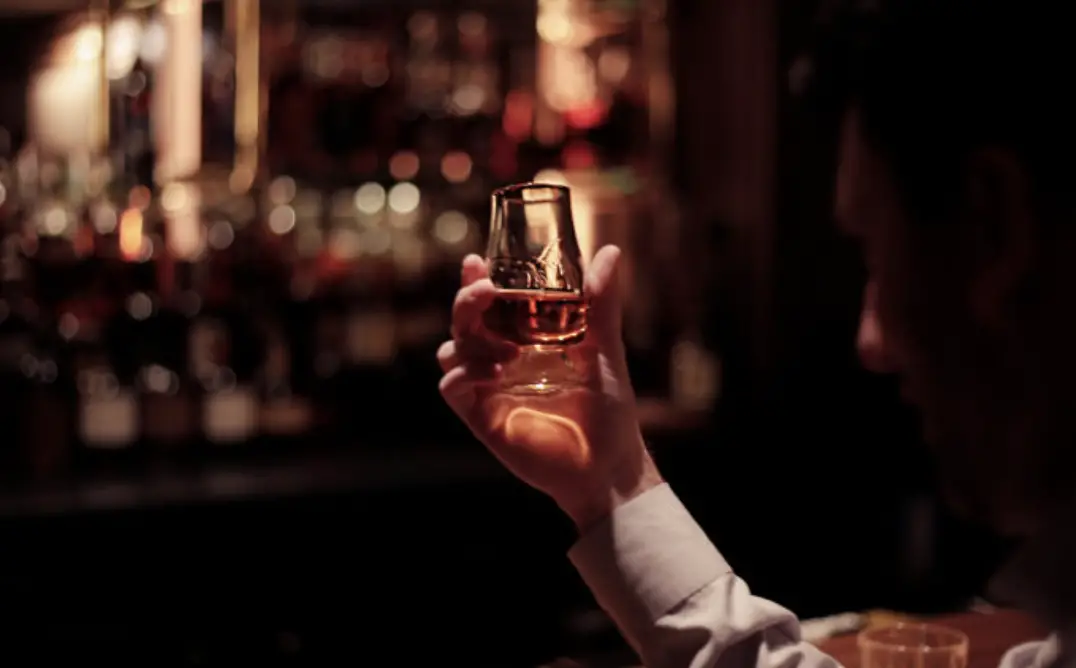The world of bourbon is not just confined to distillery releases and retail shelves. There exists a thriving secondary market where bourbon enthusiasts trade, sell, and buy coveted bottles that are no longer available in stores. In this in-depth blog post, we delve into the intricacies of the bourbon secondary market, exploring how it works, its impact on the industry, and some notable examples that shed light on this fascinating phenomenon.
- Understanding the Bourbon Secondary Market: The bourbon secondary market refers to the buying and selling of bottles by individuals, often collectors or enthusiasts, outside of the traditional retail channels. It is driven by the scarcity and high demand for limited edition and allocated bourbons. The prices of these bottles can vary significantly, often exceeding their original retail prices due to their rarity and desirability.
- Factors Influencing Secondary Market Prices: Several factors contribute to the pricing dynamics within the bourbon secondary market:a. Limited Availability: Bottles that are produced in limited quantities or released as special editions tend to command higher prices. Examples include highly sought-after bourbons like Pappy Van Winkle and Buffalo Trace Antique Collection.b. Rarity: Bottles that are no longer in production or are considered “unicorn” bottles due to their extreme scarcity tend to fetch premium prices. Examples include discontinued releases like the original Stitzel-Weller bourbons.c. Age and Vintage: Older and vintage bourbons, particularly those from well-regarded distilleries or with unique aging characteristics, often command higher prices. Antique bottles from historic distilleries like Old Crow or Old Taylor are highly sought after by collectors.d. Reputation and Hype: Bottles associated with acclaimed distilleries or receiving high scores and positive reviews from whiskey experts can create a buzz in the secondary market, driving up prices. For instance, limited releases from distilleries like Four Roses or Willett often generate significant interest.
- Platforms and Channels in the Secondary Market: The bourbon secondary market operates through various channels, both online and offline. Some popular platforms include:a. Online Auctions: Websites like Whisky Auctioneer, WhiskeyBid, and Bottle-Spot facilitate the auctioning of bourbon bottles, allowing buyers and sellers to participate from around the world.b. Online Marketplaces and Forums: Online platforms such as Reddit, Facebook groups, and dedicated whiskey forums provide spaces for enthusiasts to connect, trade, and sell bottles.c. Retailers and Liquor Stores: Some retailers and liquor stores, both physical and online, engage in secondary market activities by offering allocated bottles at marked-up prices.
- Ethical and Legal Considerations: It is essential to note that the bourbon secondary market operates in a legally gray area. Laws regarding the reselling of alcohol vary by jurisdiction, and individuals must adhere to local regulations. Additionally, counterfeit bottles and scams are a concern in the secondary market. Buyers should exercise caution, research sellers, and be vigilant to ensure authenticity and fair dealings.
Example: The Case of the Van Winkle Bourbons One of the most prominent examples of the bourbon secondary market’s impact is the Van Winkle bourbons. The limited availability and exceptional quality of these whiskies have led to soaring prices in the secondary market. Bottles that originally retailed for a few hundred dollars can now fetch thousands of dollars on the secondary market, making them highly coveted collectibles.
The bourbon secondary market provides a fascinating avenue for enthusiasts to access rare and sought-after bottles that may be otherwise unattainable through traditional retail channels. However, it is essential to navigate this market with caution, understanding the risks, legality, and ethical considerations involved. Whether you choose to participate in the bourbon secondary market or simply observe from afar, it remains an intriguing facet of the bourbon world, shaping the experiences and passions of whiskey enthusiasts.
